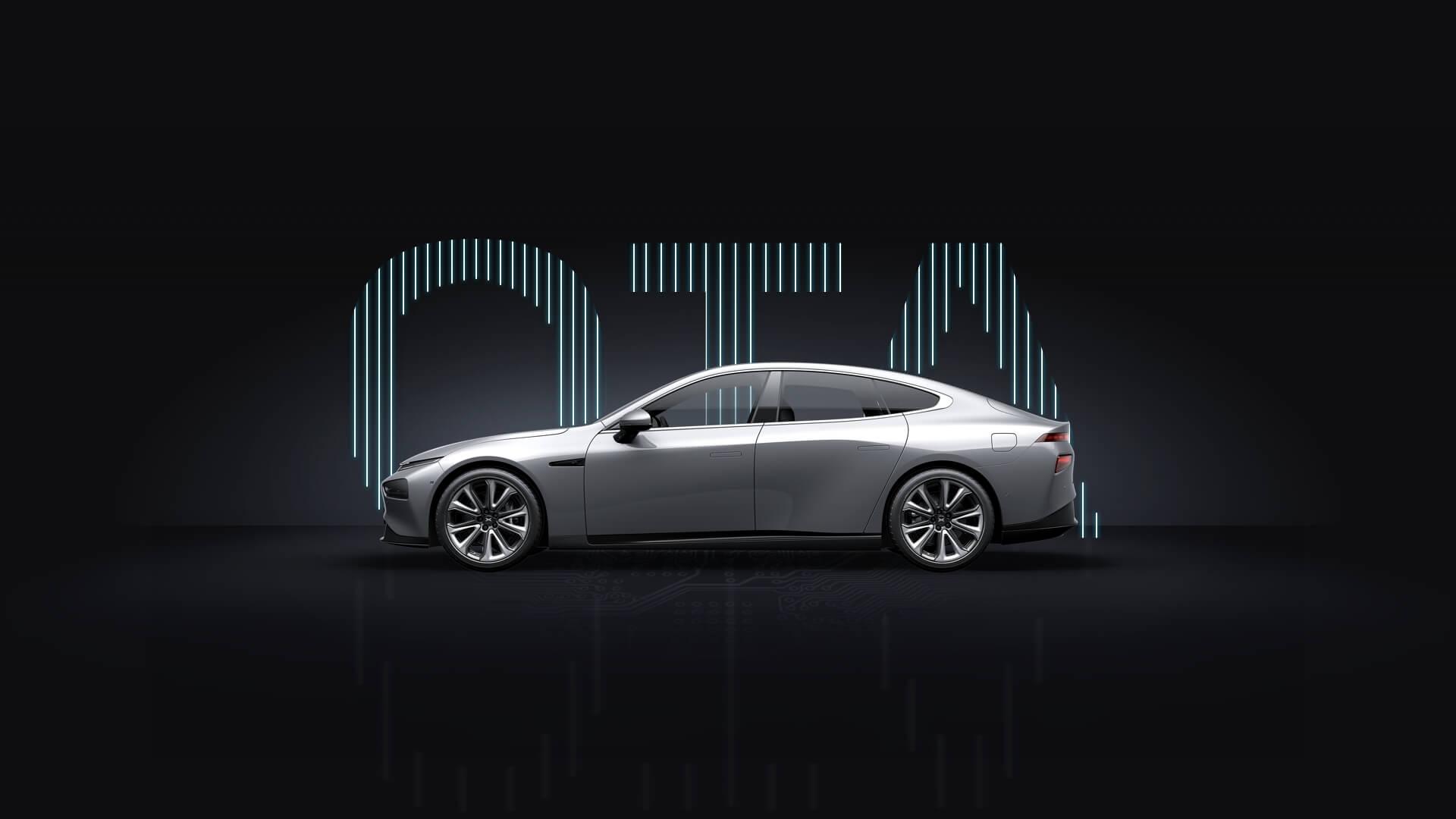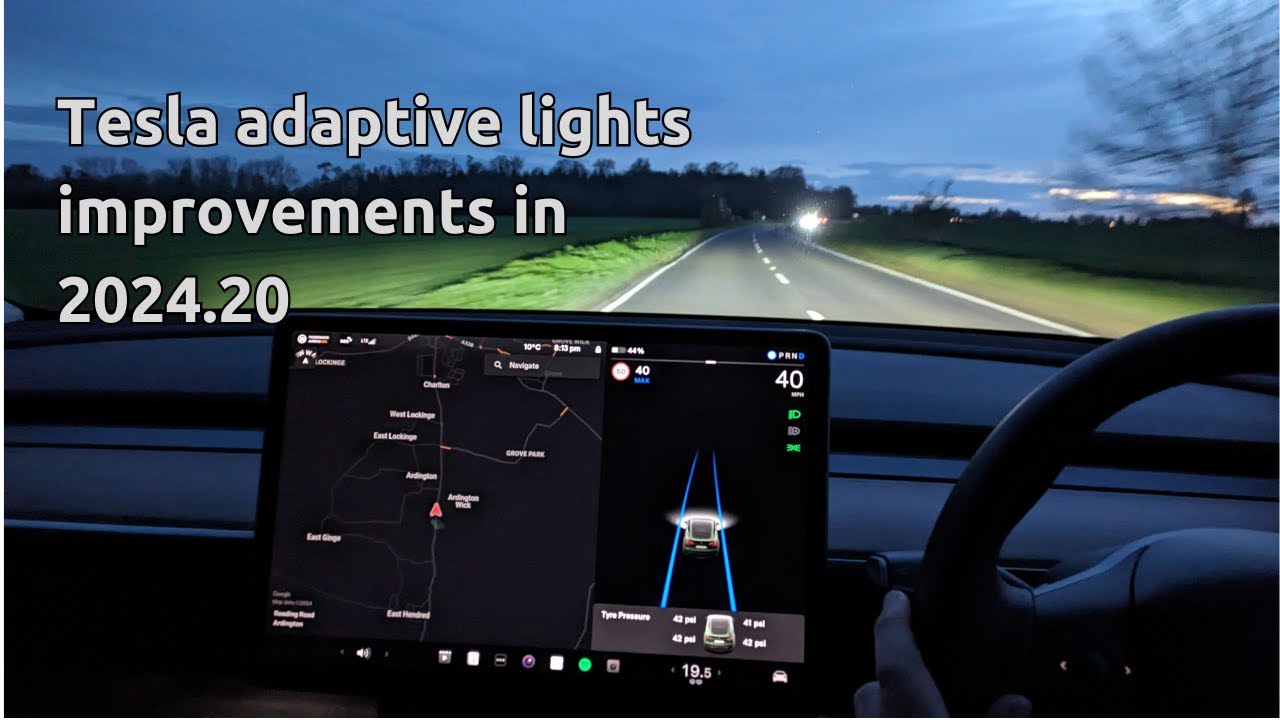Your Car’s Digital Lifeline—But It’s Not Magic
1. What Are Over-the-Air (OTA) Updates?
OTA updates deliver software upgrades remotely to your car’s onboard systems, much like a smartphone update. Automakers like Tesla, Ford, and BMW use them to:
- Fix bugs: Glitches in infotainment, driver assists, or battery management.
- Add features: New apps, driving modes, or customization options.
- Improve safety: Patch vulnerabilities or refine collision-avoidance algorithms.
Key Stat: Tesla has issued 500+ OTA updates since 2012, adding everything from video games to “Dog Mode.”
2. What OTA Updates CAN Fix ✅
Software Glitches
- Infotainment crashes: Frozen screens, Bluetooth pairing fails.
- False alerts: Phantom braking, erroneous check-engine lights.
- Battery management: Optimize charging speeds or thermal controls (e.g., GM’s Bolt fire fixes).
Feature Upgrades
- New apps: Spotify, Netflix, or gaming platforms.
- Performance tweaks: Faster acceleration (e.g., Tesla’s “Acceleration Boost” purchase).
- Autopilot improvements: Smooth lane changes, better traffic light recognition.
Security Patches
- Close hacking risks: Prevent exploits like CAN bus intrusions.
- Data encryption: Protect user privacy and vehicle access.
3. What OTA Updates CAN’T Fix 🚫
Hardware Failures
- Worn components: Brake pads, tires, or suspension parts.
- Sensor damage: Cracked cameras, dead ultrasonic sensors.
- Battery degradation: Physical cell wear can’t be reversed by software.
Legacy Systems
- Pre-2015 vehicles: Most lack OTA capability.
- Third-party parts: Aftermarket radios or tuner chips.
Regulatory Recalls
- Safety-critical issues: Faulty airbags, fuel leaks, or steering defects require dealership visits.
Example: Ford’s 2022 OTA couldn’t fix faulty Mach-E battery contactors—owners needed hardware replacements.

4. The Hidden Risks of OTA Updates ⚠️
- Bricked systems: Failed updates can disable your car (rare but costly).
- Feature paywalls: Subscriptions for heated seats or Autopilot.
- Privacy concerns: Updates may collect more driving data.
Pro Tip: Always install updates in a well-ventilated area (some cars can’t charge during updates).
5. How to Prepare for an OTA Update
- Park in a safe spot with strong Wi-Fi/cellular signal.
- Check release notes: Avoid updates before road trips.
- Backup settings: Save driver profiles and preferences.
- Monitor the process: Don’t interrupt the update (can take 30+ minutes).
6. The Future of OTA: What’s Next?
- Repair by update: Tesla’s Cybertruck can adjust suspension via software.
- AI-driven fixes: Predictive updates for common local issues (e.g., pothole mapping).
- Third-party apps: App stores for custom mods (e.g., BMW’s upcoming platform).
7. FAQs ❓
Q1: Can OTA updates drain my 12V battery?
A: Yes—keep the car plugged into a charger during updates.
Q2: Do all EVs support OTA?
A: No. Base trims of some models (e.g., Nissan Leaf) lack connectivity.
Q3: Can I roll back an update?
A: Rarely. Tesla allows reversions within 48 hours; most brands don’t.
Q4: Are OTA updates free?
A: Most are, but premium features (e.g., BMW’s heated seats) require subscriptions.
Q5: Can hackers push fake updates?
A: Yes. Always verify update sources and use a VPN on public Wi-Fi.
Expand Your Automotive Knowledge 📝
Explore 500+ Free Expert-Curated Guides
🚗 Learn New Skills
From basic maintenance to advanced repairs — clear, actionable tutorials for every skill level.
🌍 Access Anywhere
Mobile-friendly guides with HD visuals. No downloads required.
- Guides & Tutorials
- Car Maintenance 101
- Diagnostics & Troubleshooting
- Seasonal Maintenance
- Budget-Friendly Repairs
- Electrical Systems Guide
- Car Safety & Reliability
- Tools & Product Reviews
- Routine Maintenance
- Car Modifications & Upgrades
- Buying/Selling Guides
- Eco-Friendly Car Care
- Advanced Repairs
- Car Laws & Compliance
- Emergency Repairs
- Future Car Tech



